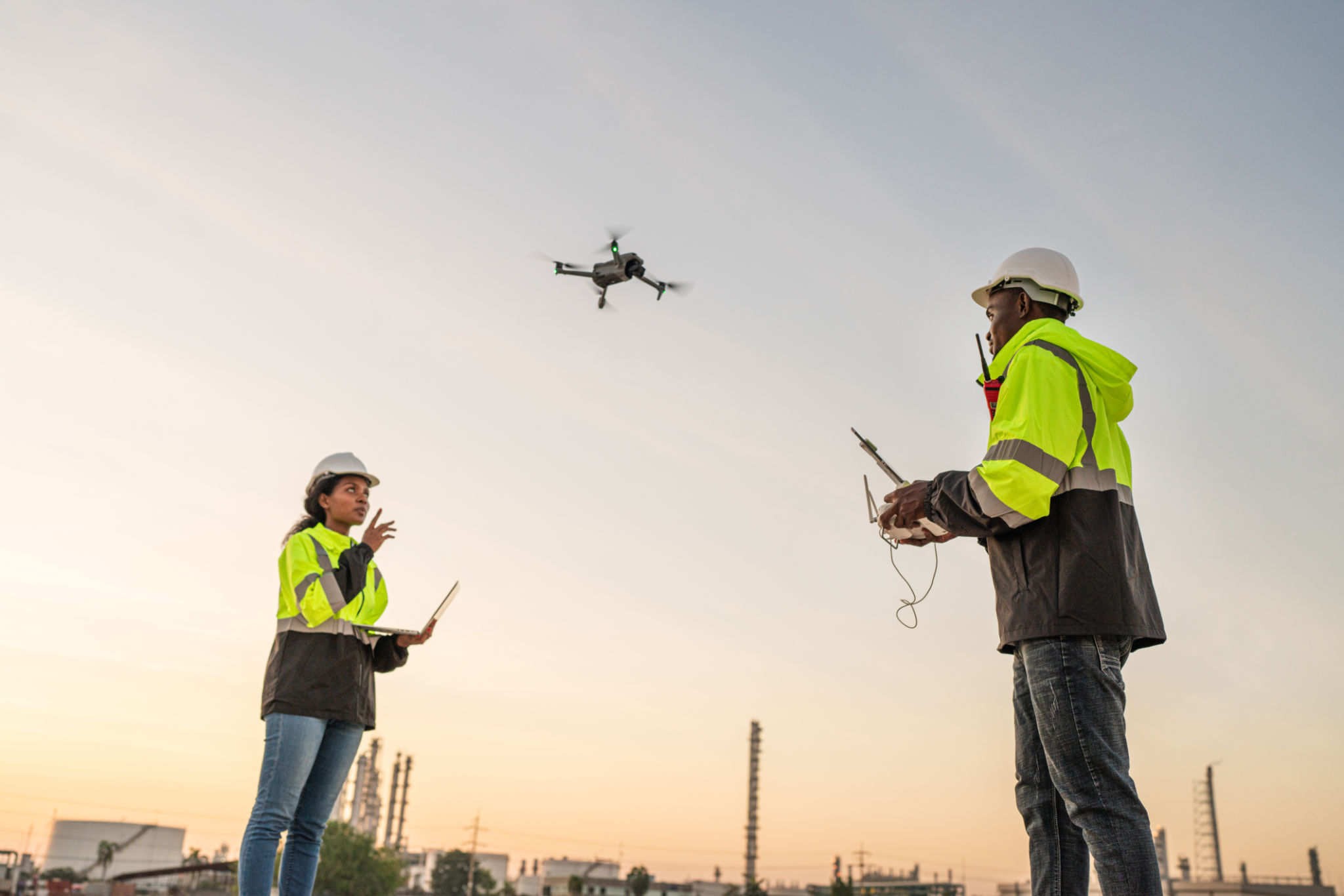Comprehensive Guide to UAV Inspections in Wyoming
Introduction to UAV Inspections
Unmanned Aerial Vehicles (UAVs), commonly known as drones, have revolutionized various industries with their ability to provide efficient and cost-effective solutions for inspection tasks. In Wyoming, where vast landscapes and challenging terrains pose unique inspection challenges, UAVs offer innovative solutions. This guide explores the comprehensive use of UAVs for inspections in Wyoming, highlighting their benefits, applications, and legal considerations.

Benefits of UAV Inspections
UAV inspections provide numerous advantages over traditional methods. One of the primary benefits is safety. Drones can access hard-to-reach areas without putting human inspectors at risk. Additionally, they offer significant cost savings by reducing the need for expensive equipment and manpower. UAVs also deliver faster results, allowing for real-time data collection and analysis, which is crucial for timely decision-making.
Enhanced Data Collection
UAVs are equipped with advanced sensors and cameras that capture high-resolution images and videos. This technology enables comprehensive data collection, which can be analyzed for detailed insights. The ability to collect data from different angles and altitudes enhances the accuracy and reliability of inspections, making UAVs an invaluable tool for industries such as agriculture, construction, and energy sectors.

Applications of UAV Inspections in Wyoming
The diverse landscape of Wyoming presents unique opportunities for UAV inspections. In the agricultural sector, drones are used for crop monitoring, irrigation management, and soil analysis. They help farmers optimize resources and improve yield outcomes. In the energy sector, UAVs are employed to inspect power lines, wind turbines, and pipelines, ensuring infrastructure integrity and preventing potential hazards.
Infrastructure and Construction
In the construction industry, UAVs are transforming the way projects are managed. They provide detailed aerial views of construction sites, enabling project managers to monitor progress and ensure compliance with safety standards. UAVs also aid in mapping and surveying, offering precise measurements and topographical data that are crucial for planning and design.

Legal Considerations for UAV Use
Operating UAVs in Wyoming requires adherence to specific regulations set by the Federal Aviation Administration (FAA). Pilots must obtain a Remote Pilot Certificate under the Part 107 regulations. It's essential to understand local laws and restrictions, particularly regarding airspace usage and privacy concerns. Ensuring compliance with these regulations is critical for safe and legal UAV operations.
Best Practices for Compliance
To maintain compliance, operators should conduct pre-flight checks, maintain a line of sight with the drone, and avoid flying in restricted areas. Regularly updating knowledge on FAA guidelines and staying abreast of any changes in legislation is vital for legal UAV inspections. Additionally, investing in training programs can enhance pilot proficiency and ensure adherence to best practices.
The Future of UAV Inspections in Wyoming
The potential for UAV inspections in Wyoming is vast, with technological advancements continually expanding their capabilities. As drone technology evolves, we can expect even more precise sensors, longer flight durations, and enhanced data analytics capabilities. These advancements will further solidify the role of UAVs in inspection processes across various industries.
In summary, UAV inspections offer a host of benefits that enhance safety, efficiency, and data accuracy. As Wyoming continues to embrace this technology, stakeholders must prioritize compliance and training to fully leverage the capabilities of UAVs while ensuring safe and effective operations.

